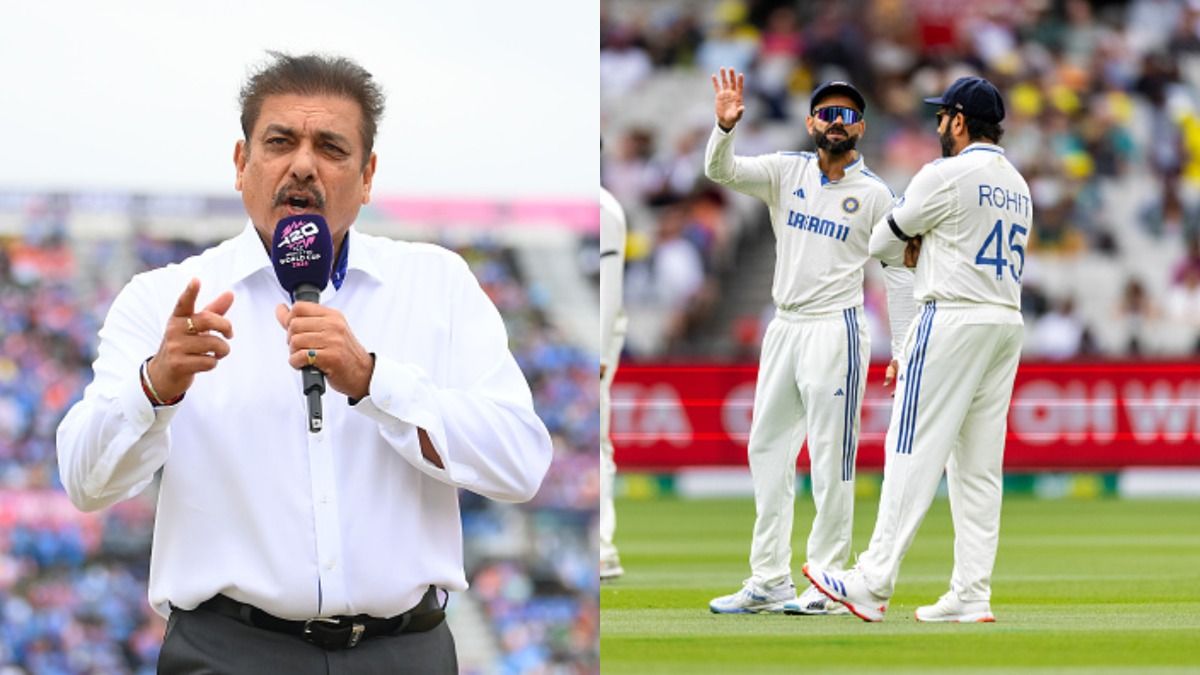 |
|
The recent Border-Gavaskar Trophy 2024-25 series in Australia witnessed a significant slump in the performance of two Indian cricketing giants, Rohit Sharma and Virat Kohli. Their struggles against the Australian bowling attack sparked a wave of discussion and analysis within the cricketing community, leading to various opinions on how to address their declining form in the longest format of the game. Former Indian head coach Ravi Shastri, a seasoned observer of the game, offered a compelling suggestion: a return to domestic cricket. Shastri's recommendation goes beyond simply improving individual batting techniques. He highlights the multifaceted benefits of playing domestic cricket for established players like Kohli and Rohit, particularly emphasizing the value of staying connected with the current cricketing landscape and mentoring the next generation of talent. This insightful perspective shifts the focus from solely addressing the immediate performance issues of two star players to a broader strategy of nurturing the overall growth of Indian cricket.
Shastri's argument rests on the premise that even players of Rohit and Kohli's caliber can benefit from the intensity and competitiveness of domestic cricket. The consistent match practice, exposure to diverse bowling styles, and the pressure of performing at a high level, even in a domestic setting, can be invaluable in sharpening skills and rediscovering the rhythm that has seemed to elude them recently. Furthermore, the experience gained from facing different opponents in domestic matches provides valuable insights into contemporary bowling trends, allowing the players to adapt their strategies accordingly. The Australian spinners, for example, proved particularly challenging for the Indian batting lineup during the Border-Gavaskar Trophy. Shastri's emphasis on facing quality spin bowling highlights the importance of match practice against specific challenges to effectively hone counter-strategies.
Beyond the individual benefits, Shastri emphasizes the mentorship aspect of domestic cricket. Kohli and Rohit, with their vast experience and proven success at the international level, can provide invaluable guidance and support to the emerging players in domestic competitions. This mentorship can extend beyond technical advice, encompassing leadership skills, strategic thinking, and mental fortitude – qualities that are crucial for success at the highest level. By playing alongside and guiding younger players, Kohli and Rohit can not only contribute to the development of future generations of Indian cricketers but also potentially reignite their own passion and motivation for the game. Their presence would serve as a powerful source of inspiration and learning for upcoming talents.
However, Shastri wisely leaves the final decision to Kohli and Rohit themselves. He acknowledges the crucial role of personal motivation and commitment, particularly at their stage in their careers. The demands of international cricket are immense, and maintaining the requisite hunger and desire to compete at the highest level requires a deep-seated passion. While his recommendation provides a valuable pathway to rediscovering form, Shastri recognizes that the ultimate responsibility for deciding their future in Test cricket rests with the players themselves. Their willingness to embrace the challenge of domestic cricket, and the commitment to putting in the necessary work to regain their form, will ultimately determine their continued success in the longest format of the game. The decision highlights a nuanced understanding of the players’ mental and emotional state, recognizing that the decision must come from within.
The performance of Rohit Sharma and Virat Kohli in the Border-Gavaskar Trophy 2024-25 serves as a critical case study on the challenges faced by even the most established players in maintaining peak performance at the highest level of international cricket. Shastri's advice, however, extends beyond a simple solution to their current struggles. It presents a holistic perspective that integrates individual improvement, the development of future generations of cricketers, and the importance of intrinsic motivation. Whether Kohli and Rohit choose to follow this path remains to be seen, but Shastri's suggestion offers a valuable framework for considering the longevity and sustainability of careers in elite-level sports.
